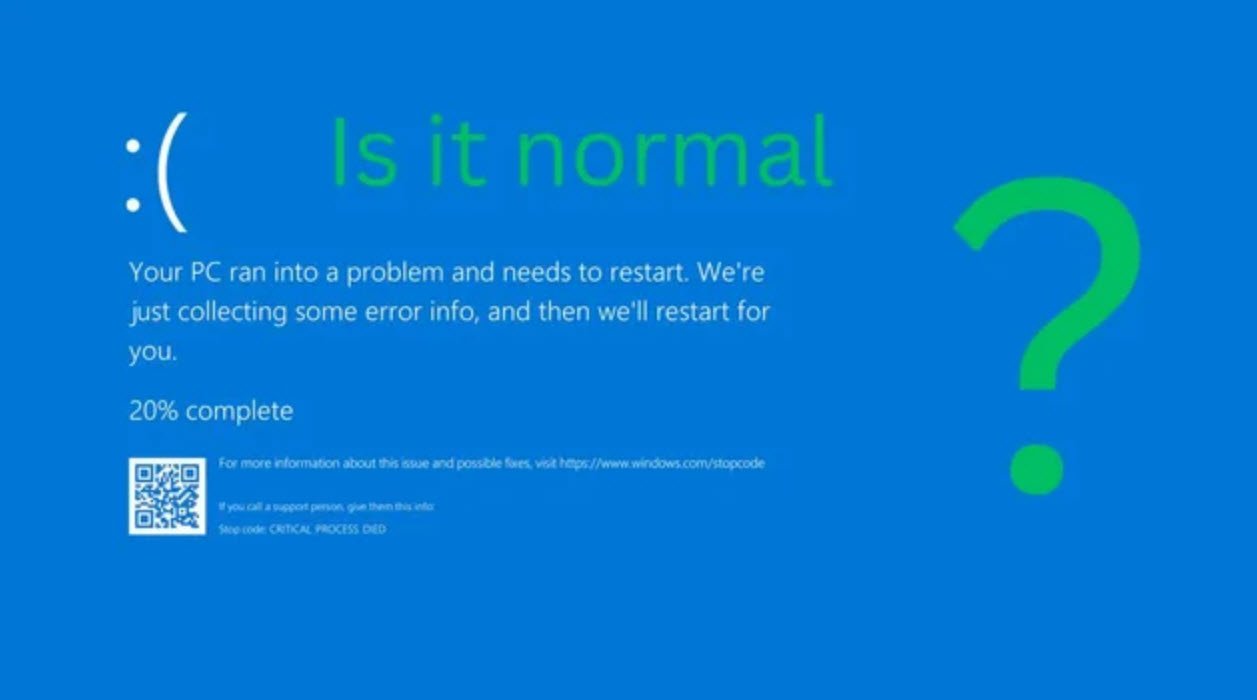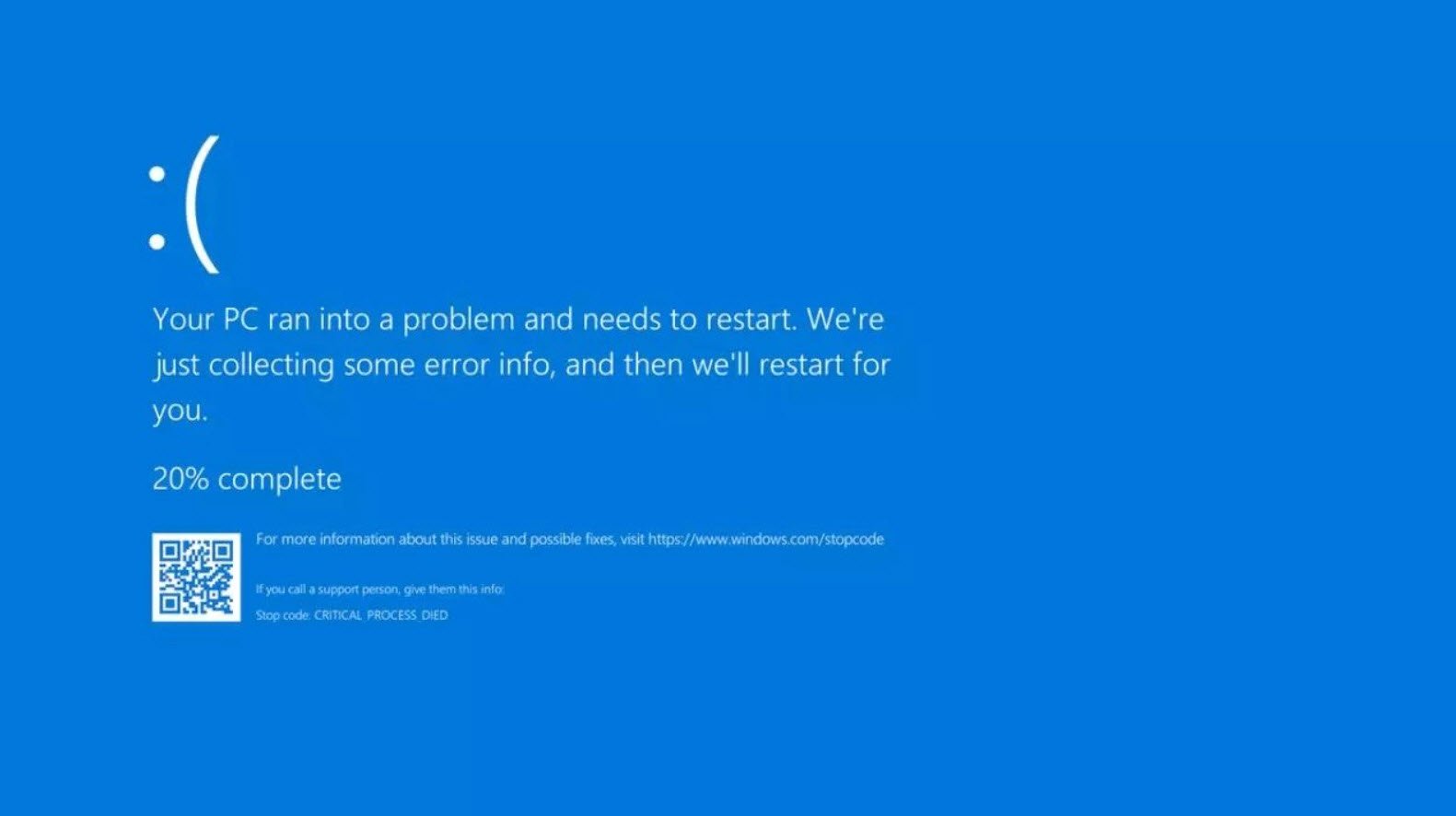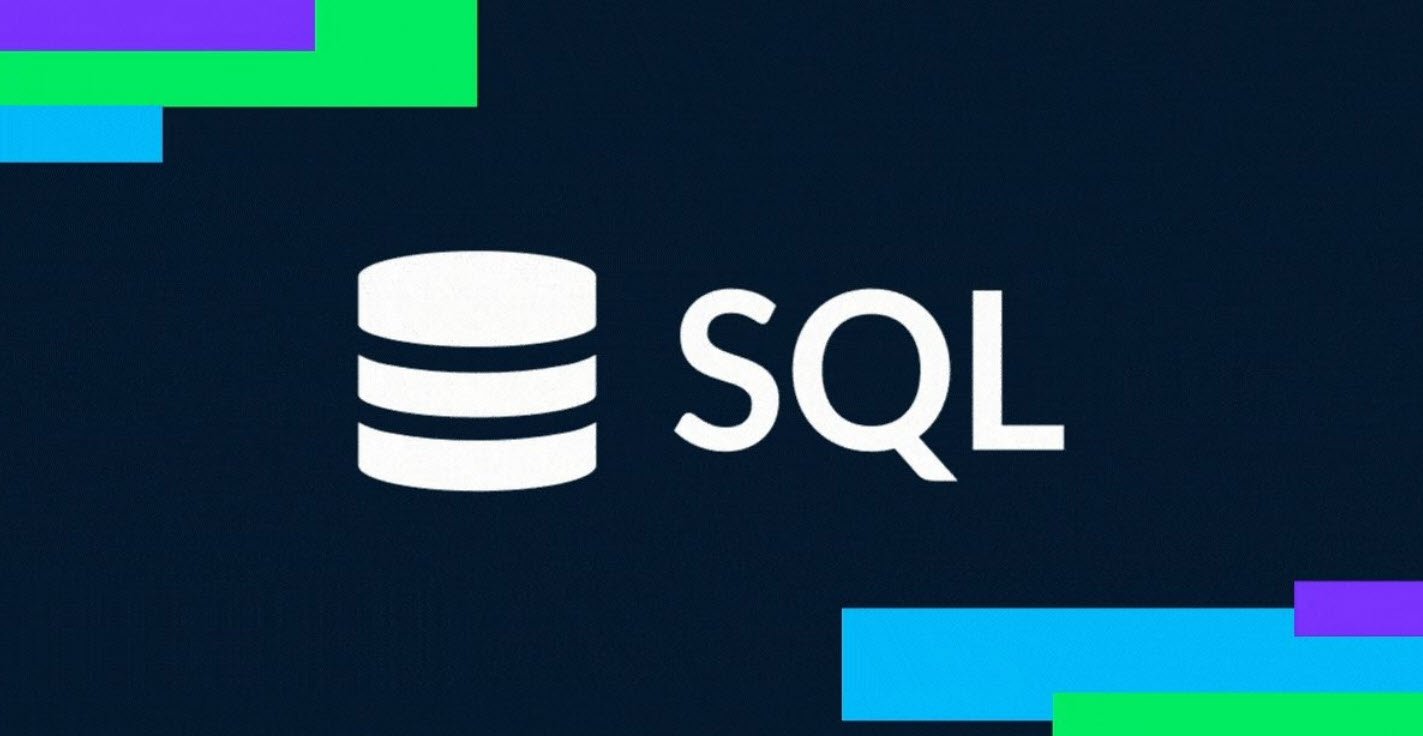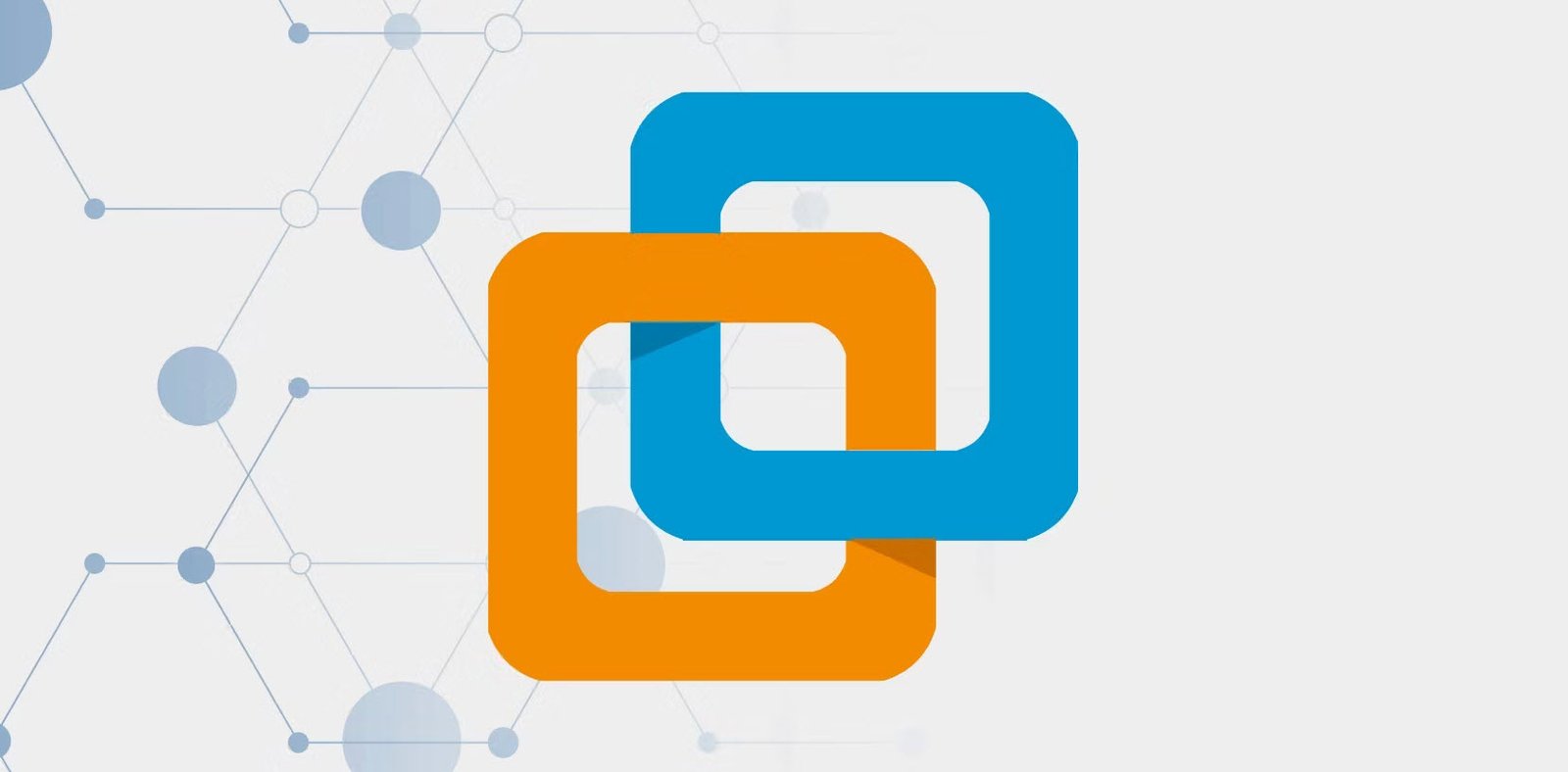
Linux commands are essential for developers who work on Linux-based systems. These commands allow you to navigate through the file system, manipulate files, and perform a variety of other tasks.
Here are some of the most important Linux commands for developers:
- cd
- ls
- mkdir
- rm
- cp
- mv
- chmod
- chown
- grep
- find
- curl
- ssh
- gzip
1. cd: The cd command is used to change the current directory.
2. ls: The ls command is used to list the contents of a directory.
3. mkdir: The mkdir command is used to create a new directory.
4. rm: The rm command is used to remove files or directories.
5. cp: The cp command is used to copy files or directories.
6. mv: The mv command is used to move or rename files or directories.
7. chmod: The chmod command is used to change the permissions of a file or directory.
8. chown: The chown command is used to change the ownership of a file or directory.
9. grep: The grep command is used to search for a pattern in a file.
10. find: The find command is used to find files or directories that match a specific criteria.
11. curl: The curl command is used to transfer data from or to a server.
12. ssh: The ssh command is used to establish a secure shell connection for remote access.
13. gzip: The gzip command is used to compress a file or directory.
These Linux commands are essential for developers who work on Linux-based systems. They allow you to efficiently navigate through the file system, manipulate files, and perform a variety of other tasks that are critical to the development process.
You may also like:- How To Fix the Crowdstrike/BSOD Issue in Microsoft Windows
- MICROSOFT is Down Worldwide – Read Full Story
- Windows Showing Blue Screen Of Death Error? Here’s How You Can Fix It
- A Guide to SQL Operations: Selecting, Inserting, Updating, Deleting, Grouping, Ordering, Joining, and Using UNION
- Top 10 Most Common Software Vulnerabilities
- Essential Log Types for Effective SIEM Deployment
- How to Fix the VMware Workstation Error: “Unable to open kernel device ‘.\VMCIDev\VMX'”
- Top 3 Process Monitoring Tools for Malware Analysis
- CVE-2024-6387 – Critical OpenSSH Unauthenticated RCE Flaw ‘regreSSHion’ Exposes Millions of Linux Systems
- 22 Most Widely Used Testing Tools








